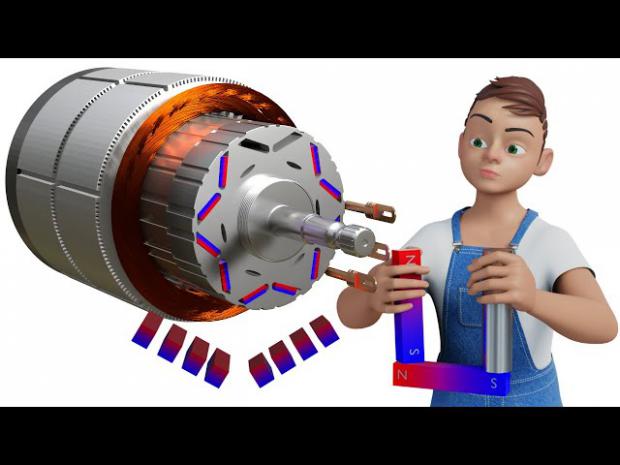
Breaking News
 Stop Buying Confusing Cheese Cultures (Make This "Lost" Starter Instead)
Stop Buying Confusing Cheese Cultures (Make This "Lost" Starter Instead)
 George Galloway Speaks Out on Being Forced Into Exile After Criticizing Ukraine War
George Galloway Speaks Out on Being Forced Into Exile After Criticizing Ukraine War
 "The wheels are falling off the Trump Administration" and Susie Wiles is to blame
"The wheels are falling off the Trump Administration" and Susie Wiles is to blame
 How to Make Car Insurance Affordable Again
How to Make Car Insurance Affordable Again
Top Tech News
 Latest Comet 3I Atlas Anomolies Like the Impossible 600,000 Mile Long Sunward Tail
Latest Comet 3I Atlas Anomolies Like the Impossible 600,000 Mile Long Sunward Tail
 Tesla Just Opened Its Biggest Supercharger Station Ever--And It's Powered By Solar And Batteries
Tesla Just Opened Its Biggest Supercharger Station Ever--And It's Powered By Solar And Batteries
 Your body already knows how to regrow limbs. We just haven't figured out how to turn it on yet.
Your body already knows how to regrow limbs. We just haven't figured out how to turn it on yet.
 We've wiretapped the gut-brain hotline to decode signals driving disease
We've wiretapped the gut-brain hotline to decode signals driving disease
 3D-printable concrete alternative hardens in three days, not four weeks
3D-printable concrete alternative hardens in three days, not four weeks
 Could satellite-beaming planes and airships make SpaceX's Starlink obsolete?
Could satellite-beaming planes and airships make SpaceX's Starlink obsolete?
 First totally synthetic human brain model has been realized
First totally synthetic human brain model has been realized
 Mach-23 potato gun to shoot satellites into space
Mach-23 potato gun to shoot satellites into space
 Blue Origin Will Increase New Glenn Thrust 15-25% and Make Rocket Bigger
Blue Origin Will Increase New Glenn Thrust 15-25% and Make Rocket Bigger
 Pennsylvania Bill – 'Jetsons Act' – Aims To Green-Light Flying Cars
Pennsylvania Bill – 'Jetsons Act' – Aims To Green-Light Flying Cars
Tesla Model 3's IPM-SynRM Electric Motor Explained

Learn Engineering has recently released a very interesting and informative episode about the Tesla Model 3's IPM-SynRM electric motor, which is now used also in other Tesla EVs.
Originally, Tesla was using induction (or asynchronous) electric motors (by the way, invented by Nikola Tesla).
In the Model 3, the company used IPM-SynRM motor (Internal Permanent Magnet - Synchronous Reluctance Motor), known also as PMa-SynRM Permanent Magnet Assisted Synchronous Reluctance Motor.
In general, it's a type that combines Internal Permanent Magnet motor type with Synchronous Reluctance Motor rotor type to achieve a more desired characteristic in EV application - high efficiency at low and high speeds.
Tesla is not the first to use this type of motor, but its version is considered as one of the best (simply because of the high efficiency and range of Tesla cars).
Tesla's specific innovation is the segmented magnets (four parts instead of the more typical single solid magnet). According to Learn Engineering, it helps to reduce the eddy currents and lowers the risk of magnets overheating.



